Philippines ends disposal of eggs from virus-infected broodstock shrimp
The shrimp hatchery complex of SEAFDEC/AQD aims to promote the production of high-quality shrimp post larvae and help revive the black tiger shrimp industry in the Philippines. Here, broodstock shrimp are screened for pathogens using polymerase chain reaction (PCR) testing before their eggs are introduced into biosecure hatcheries. After spawning, the broodstock are tested for white spot syndrome virus (WSSV), monodon baculovirus (MBV), infectious hypodermal and hematopoietic necrosis virus (IHHNV), yellow head virus (YHV), acute hepatopancreatic necrosis disease (AHPND), and the parasite Enterocytozoon hepatopenaei (EHP).
Dr. de la Peña stated, “We collect eggs from each breeder shrimp and wash them with UV-sterilized seawater. The washed eggs are then disinfected with iodine and rinsed again with sterilized seawater.”
In practice, disinfected eggs from some batches of infected broodstock have shown normal development and no signs of pathogens. This helped the trial hatchery achieve a 19% survival rate (from nauplii to postlarvae) in 2020—more than double the 9% survival rate recorded in 2018 before disinfection was applied.
.png)
Disinfecting eggs has allowed the trial hatchery to reduce losses from discarding infected broodstock and their eggs. In the Philippines, each breeder shrimp costs between USD 31–42, while successfully developing eggs into postlarvae fetches USD 4–5 per 1,000 PL.
This approach has become even more critical as an increasing number of wild-caught broodstock are found to carry the notorious WSSV. “In the mid-2000s, we detected WSSV in about 0.3 - 10% of wild shrimp, and recently, this figure has risen to 60%,” Dr. de la Peña revealed.
Although hatcheries now find it easier to detect pathogens using PCR methods, the alarming increase in WSSV prevalence (a tenfold rise) may pose a significant economic threat to the shrimp hatchery sector.
The Philippines was once one of the world’s leading shrimp producers, harvesting 120,000 tons of black tiger shrimp in 1992, valued at USD 300 million. However, disease outbreaks over the years have caused the country’s output to fall to roughly one-third of that volume—currently at 42.45 thousand tons, valued at Php 20.60 billion.
SEAFDEC/AQD continues to refine its protocols and technologies for future collaboration with Philippine government agencies such as the Bureau of Fisheries and Aquatic Resources (DA-BFAR) and the National Fisheries Research and Development Institute (NFRDI).
Source: aquamina.com.vn
Aqua Mina's distributor in Japan: REX INDUSTRIES CO., LTD
- Address: 1-9-3 Hishiya-Higashi, Higashi-Osaka 578-0948 JAPAN
- Email: kimakubo@rexind.co.jp
- Phone: +81-(0)72-961-9893
- Website: http://www.rexind.co.jp/e/

WE WORK FOR YOUR SUCCESS!
Ngày đăng : 03/08/2025
1414 View
Other Articles
Vietnamese shrimp and catfish choose a sustainable path in global competition
End-of-Season Shrimp Prices Reach Record Highs
Norway – Russia Reach Barents Sea Fisheries Agreement for 2026
Cà Mau strengthens traceability to enhance the competitiveness of the shrimp industry.
Cold stress: Effects on the plasma characteristics of whiteleg shrimp.
A new breakthrough in the prevention of diseases caused by the microsporidian parasite EHP in shrimp farming
Vietnam’s shrimp export outlook in the first quarter of 2026 continues to face heavy pressure from tariffs.
New England’s shrimp fishery to shut down for the long haul after years of decline
Crab exports to the United States account for more than 80%.
Thailand sets a target to increase shrimp production to 400,000 tons by 2026.
CTU-RAS: Recirculating Shrimp Farming for Sustainable Development
Vietnamese aquatic products reach new markets








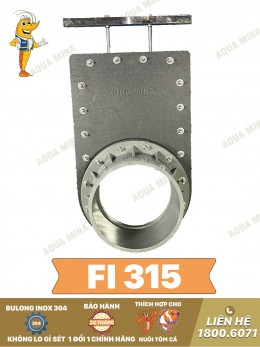
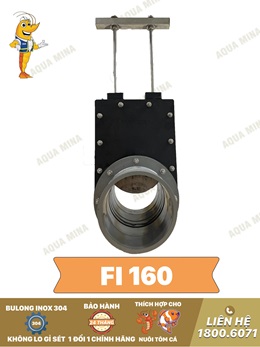
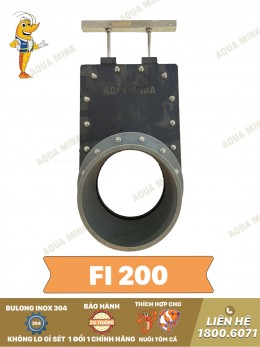
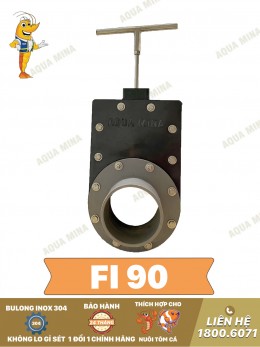
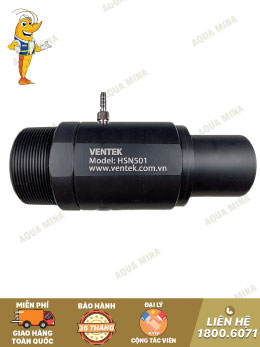
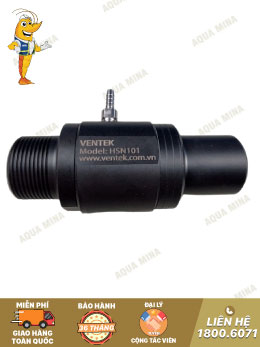
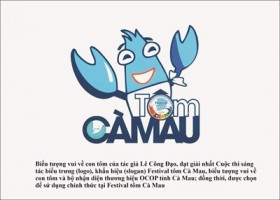




.jpg)